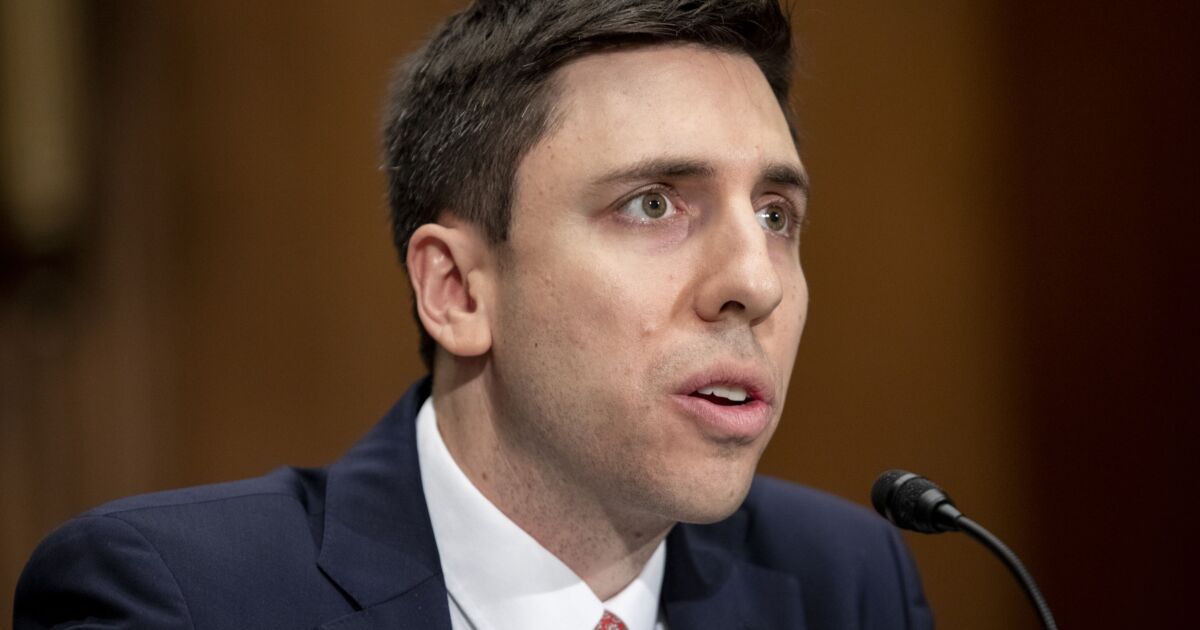
After an uptick of 31,000 the week before, coronavirus-related forbearances decreased by 137,000 as of Nov. 3, according to Black Knight.
About 2.856 million borrowers sit in active plans. The outstanding loans represent a 5.4% share of all active mortgages, combining for an unpaid principal balance of $584 billion. The totals fell drastically since reaching a high water mark of 4.761 million forborne loans, a 9% share totalling $1.05 trillion on May 26."This week's numbers reflect the typical improvement we've come to see in the first week of a given month, in this case driven by October forbearance expirations," Andy Walden, Black Knight economist and director of market research, said in a statement to NMN. "As more than 160k active forbearance plans expired at the end of the month, we could yet see more extension/removal activity in the coming weeks. Forbearance plan starts are also worth keeping a close eye on, given the recent upward trend we've seen driven by repeat start activity."
Active forbearances held by government-sponsored enterprises led the decline, falling by 57,000 from the week prior to 1.035 million. Portfolio and private-label securitized loans — which aren't covered by the CARES Act — decreased by 52,000 to a total of 695,000 in forbearance plans. Forborne government loans dropped by 43,000, bringing its total to 1.126 million.
Black Knight's estimate shows mortgage servicers will need monthly advances of $3.5 billion in principal and interest payments and $1.3 billion due in taxes and insurance. Those break down to $1.2 billion and $500 million for Fannie Mae and Freddie Mac mortgages, $1 billion and $400 million for FHA and VA, and $1.2 billion and $400 million for private-label.
While forbearances posted a net decline, approximately 87,000 starts took place over the past week — the highest volume since April. Of these, about 57% are re-entries, borrowers who got out of forbearance but now returned.



